... Every man going out of the Hindu pale is not only a man less, but an enemy the more.
Foreword
O n the fifth of August 2020 , a momentous and pivotal event took place in Indias history. At a ceremonial puja linked to the official laying of the cornerstone for the Ram Janmabh oo mi Mandir, an event presided over by Prime Minister Narendra Modi, India became a de facto Hindu nation. This action was taken in stark defiance of Indias avowed secular Constitution. This deed was done on the very site in Ayodhya where, on the sixth of December 1992 , violent mobs belonging to the Vishva Hindu Parishad had demolished the Babri Masjid. In the ensuing communal riots and violence that followed, many thousands of people lost their lives. Barely a decade later, in February of 2002 , was a massive Gujarat pogrom perpetrated against Muslims. That state was then being governed by none other than the Chief Minister Narendra Modi. Thousands more lost their lives. What this all means is this: The Republic of India today has abandoned any pretence of abiding by the avowedly secular Constitution which guaranteed rights to its many ethnic and religious minorities. Instead, what has come into being is a blatantly Hindu Rashtra where claims of majoritarian rule have turned into a system of majority tyranny resulting in oppression and persecution, if not outright destruction and death, for people not belonging to the Hindu nation.
What took place on August fifth, 2020 , however blatantly it violated Indias Constitution, was no sudden, or surprising, or shocking event. Rather, it can be seen as the culmination of a process that had been developing for nearly two centuries, ever since India as a single political system covering the entire subcontinent came into being. Indeed, the very concepts of India (or Indian) and Hindu (or Hinduism) can be seen as twins that entered the modern vocabulary of a newly emerging country at almost the very same timebeginning in the 1770 s when the Government of India first came into existence and gained momentum. Simultaneously, a new consciousness and self-realization of forming an Indian public also began to come into existence. While initially synonymous, meaning anything that was native to all cultures and peoples within the Indic subcontinent, meanings of the two terms gradually diverged. The term Hindu was increasingly applied, and applied more particularly, to religious phenomena; and the new term Hinduism (initially spelled Hindooism)
At about the same time that these two processes, one political and the other religious, were coming into being, a third set of movements also emerged and then started to proliferate throughout India. This process began in 1799 , in the Tirunelveli area of Tamil Country, not far from Kanya Kumari, near the southern tip of the continent. A mass movement of radical conversion to Christianity was led by local Tamil evangelists who had been trained by German missionaries in Thanjavur who had come from Tranquebar (aka Tarangbadi). The Tranquebar Mission, begun in 1706 , and led by Bartholomus Ziegenbalg, had imported two explosive ideas from Halle in Germany: () that every man, woman, and child on earth should possess the Word of God in that persons own mother tongue; () that basic literacy (as well as numeracy) should be provided to every human being, regardless of class or caste. Thus it was that institutionalized renditions of these two explosive ideas prompted gifted and highly trained Tamil preachers to enter into the villages of Tirunelveli. As a result, a mass movement occurred that eventually led to village temples being turned into chapel-schools. Increasing literacy enabled local Christians, most of them Shanars (aka Nadars), to read the Tamil Bible in their own mother tongue. Indeed, the fact that the Bible had been translated and published in earlier decades of the th century, making it available to all classes of Tamil people, had itself been a revolutionary event. The social revolution resulting from this mass movement upset the agrarian order and, in turn, provoked violent reactions. Local lords of the land and other elites who benefitted from the old order brought gangs of clubmen from the Ramnad to quell conversions and to restore the old order. Christian chapels and schools were demolished, and local believers beaten, deprived of their belongings, and sent into the jungle to suffer or die. Due to the persecutions they suffered, many of these Christian converts formed new settlementssanctuary villages of refuge for fleeing and homeless Christian families. As numbers of Christians doubled and tripled, multiplying in the decades that followed, and as Christian institutions proliferated, with schools and churches multiplying, so also movements of opposition increased in size and ferocity. One of the earliest anti-conversion movements, known as the Vibuthi Sangam (or Ashes Society), arose in Tirunelvelli during the 1820 s. This movement for the forcible reconversion of Christians soon allied itself to the Salay Street Society of Madras. Similar movements also sprang up in Bengal, and in other parts of northern and western India.
This brings us to the remarkable book by Manohar James. His work is a splendid and thorough study of the influence of Niyogi Committee Report of Madhya Pradesh as a pivotal turning point in the expression of rising Hindu Nationalism and of radical resistance to the presence of Christianity in India. At that time, fierce reactions against Adivasi (aboriginal) peoples of Central India who had converted to Christianity had recently arisen. Hundreds had been massacred. Despite the fact that most conversion movements in the area had been led by Indian missionaries, Christian conversions were blamed on what were called foreign missionaries. Insidious colonial intrusions from abroad were seen as exploiting and taking advantage of the backward, and therefore gullible and simple-minded tribals. Such influences needed to be eradicated.
The significance of this work by James lies in its focus upon the first break away from the legal tenets of even-handed secular safeguards of religious toleration and multicultural diversity guaranteed by Indias Constitution. While the author traces earlier influences leading to this development into the early nineteenth century, and while he also shows that India under the British Raj had benefitted from a legal system that protected religious liberty and social diversity, it was the official action of the State of Madhya Pradesh that first brought forward formal measures to contravene provisions of Indias Constitution. These provisions had been painstakingly laid down by Dr. Bhimrao Ramji (or Babasaheb) Ambedkar, Indias inspired jurist, economist, and social reformer. It was he who, as Indias first law minister and prime architect of Indias Constitution, had done his best to protect minorities and despised (untouchable) communities from discrimination and oppression.
In light of such an historical background and context, this perceptive and thorough study by Manohar James can be seen and appreciated. The India of Ambedkar and Nehru existing when the Niyogi Commission Report was written can be seen as suffering the first important official challenge to the secularism enshrined in its Constitution. The fact that this violation of the Constitution was allowed to go unchallenged, and hence, was tacitly unopposed by authorities of India, is significant. This basic contradiction, or self-deception, had been inherent within the nationalist movement from its very first inception in the nineteenth century. This contradiction was partially due to the fact that it had been allowed, or engendered, from the outset, by inclusion of two parallel, and often conflicting, forces or processes then developing within India. On one side, Indias nationalism was being fuelled by what came to be known as the Hindu religious revivalist movements. These movements had been reactions to what some would later label the conversion bogey of under-classes and lower-castes turning Christian and/or Muslimor eventually, under the inspiration of Ambedkar, of conversions to Neo-Buddhist, and other faith communities. On the other side was the rise of a modern and secular middle class, with many of its leaders emerging from universities and law schools of the United Kingdom, as also from growing numbers of modern colleges and universities in Mumbai, Kolkata, Chennai, and throughout the land.


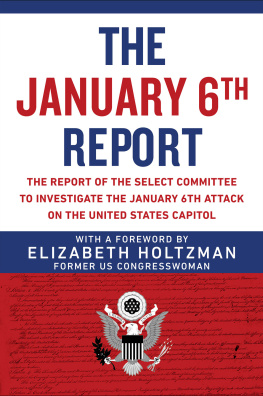
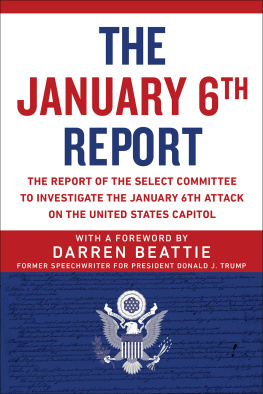

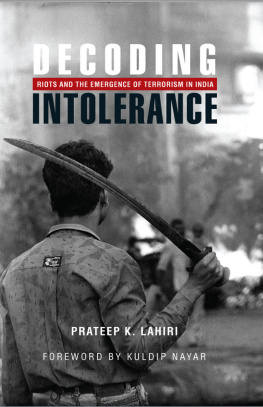

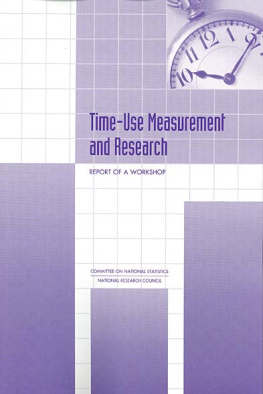
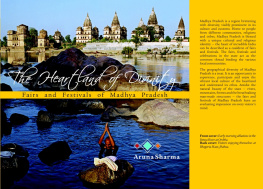

![Keith Bain - Frommers India [2010]](/uploads/posts/book/43617/thumbs/keith-bain-frommer-s-india-2010.jpg)
